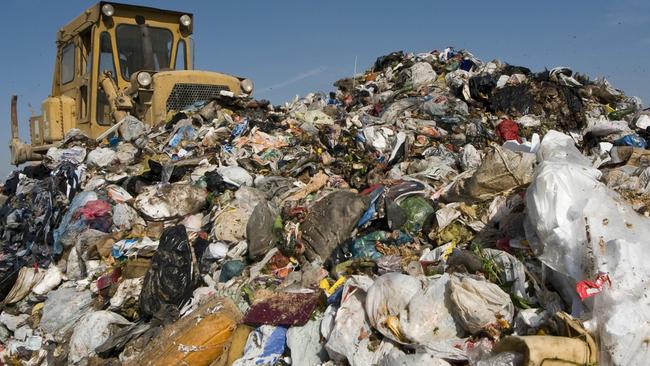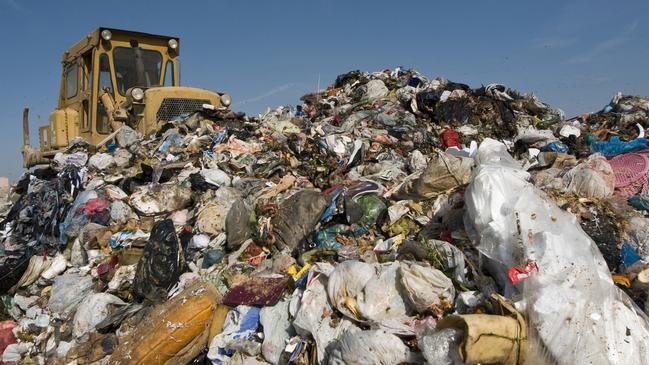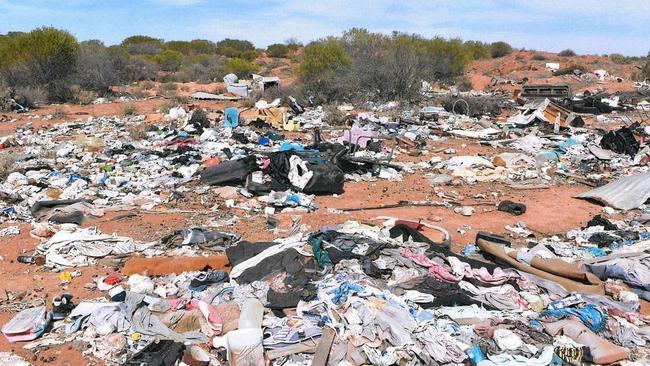Wide Bay Burnett ratepayers likely to pay more to meet Qld waste targets
Ratepayers can expect to pay more money to help the Wide Bay Burnett’s six councils manage its trash and meet state and federal waste targets, a report into the region’s rubbish reveals.

Gympie
Don't miss out on the headlines from Gympie. Followed categories will be added to My News.
Ratepayers can expect to pay more money to help the Wide Bay Burnett’s six councils manage its trash and meet state and federal waste targets, a report into the region’s rubbish reveals.
The report on the future of rubbish management across the Wide Bay Burnett’s six councils has painted a dire picture of the region’s situation that includes landfills “rapidly” nearing capacity and “uncertainty” due to limited options.
It is being tabled at the Fraser Coast Regional Council’s monthly meeting on Wednesday.
The plan was compiled in 2023 by SLR Consulting which was engaged by the Local Government Association of Queensland, the state’s councils’ peak body.
It encompasses waste management of the Wide Bay Burnett’s six councils, so those at the Fraser Coast, Bundaberg, Gympie, North Burnett, South Burnett and Cherbourg Aboriginal Shire.

Several key challenges are facing these regions, which are expected to experience a population growth from about 310,000 people in 2021 to a possible 396,000 in 2041 and produced a total of more than 461,000 tonnes of waste in the 2020-21 financial year.
One of these was the immediate need for new landfill space at Gympie and at the South Burnett in the not-too-distant future.
An emergency expansion of Gympie’s near capacity Bonnick Rd dump was opened in 2024, extending its lifespan to about 2028.
The cost of managing landfill across the Wide Bay Burnett was a problem, too.
This was “rapidly increasing for Bundaberg Regional Council and Fraser Coast Regional Council due to changes in annual advanced payments (from the state government’s waste levy),” the report says.
There was also “uncertainty” over the ability to divert waste from landfill to waste-to-energy facilities, given the lack of such options in the area.

Cost was a hurdle, too.
No waste to energy facilities were expected to be built in the region until small-scale technology was developed.
This leaves a new ResourceCo facility at Brisbane or Gladstone’s Cement Kiln as potential options to receive the region’s waste, a route identified as a “primary pathway” to meet government targets but one not necessarily palatable to the public.
“The estimated cost per household of diverting residual waste to an out of region EfW (energy from waste) facility is likely to be significantly greater than continued landfilling,” it says.
This left the door open to the possibility of a new regional landfill site, the report says.
It makes no mention of a once-touted “super dump” at the Toolara Forest.
Development of any new landfills in the region would not be expected until at least 2026.

Bundaberg and Fraser Coast ratepayers were likely to be paying more by way of a new organic waste kerbside collection service.
The creation of this service in these areas, which accounted for more than three-quarters of the Wide Bay Burnett’s waste, is a key focus of the report.
The report says the Bundaberg and Fraser Coast councils have “sufficient” volume to start up a new kerbside collection service, which would carry an extra cost of about $55 per household each year.
This was due to the an expected cost of about $153 million to the councils providing the service.
Costs for other councils would be even higher.
Implementing new recycling recovery interventions across the six councils would add an extra $17 per household each year, the report says.
The changes were needed though to help meet state and federal guidelines for waste management, including transition to zero waste to landfill.
The targets set for 2025 were already going to be missed, the report says.
There was little question on who would be footing the bill in the long run, either.
“Furthermore, where change is required … ultimately the cost of these changes is borne by the consumer or ratepayer, who is typically the same,” the report says.





